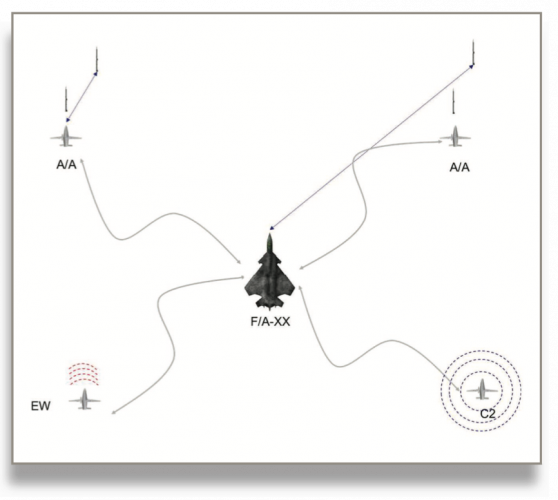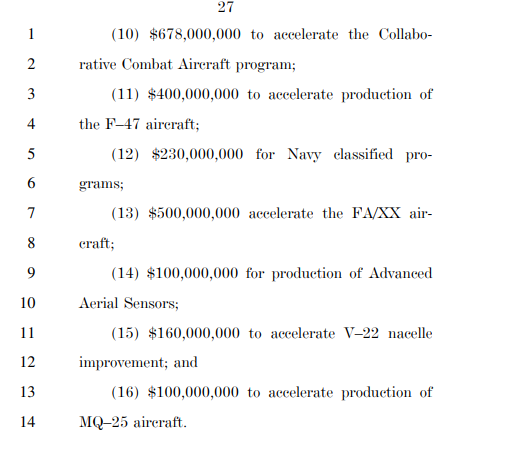1.Tricky thing, b/c ww2 pacific warships were limited by horizon, i.e. rarely had opportunities to fire outside of night and/or decisive action conditions. At least in PTO - ETO was quite full of surface actions, and overall performed differently.
1.1 But there's point in not just looking that aircraft did v. surface ships, but also which kinds of aircraft did. Absolute majority of large ship kills (at sea) are carrier aircraft, then carrier aircraft operating from landstrips. Only after that come dedicated land-based maritime strike aircraft (rikkko, coastal command, etc), and dead last are multirole aircraft.
Also, as a side part, significant chunk is actually strikes(quite often strategic bombers) coming after idle ships in ports.
2. But since ships after war do carry guided missile armament, and since 21th century ship DP batteries(missiles) also increasingly engage below the horizon(ARH), WW2 experience should be applied with some care. Warships since 1950s themselves carry "kamikaze aircraft", which have proven themselves quite OK at doing things. And they, much like ww2 aircraft carriers, move those aircraft to unpredictable launch points.
3.Also, PLAN is also submarines, both nuclear(which PLAN builds right now faster than US and Russia combined) and conventional (somehow entirely forgotten field, when it was them who did all the nasty ww2 underwater stuff in the first place).


